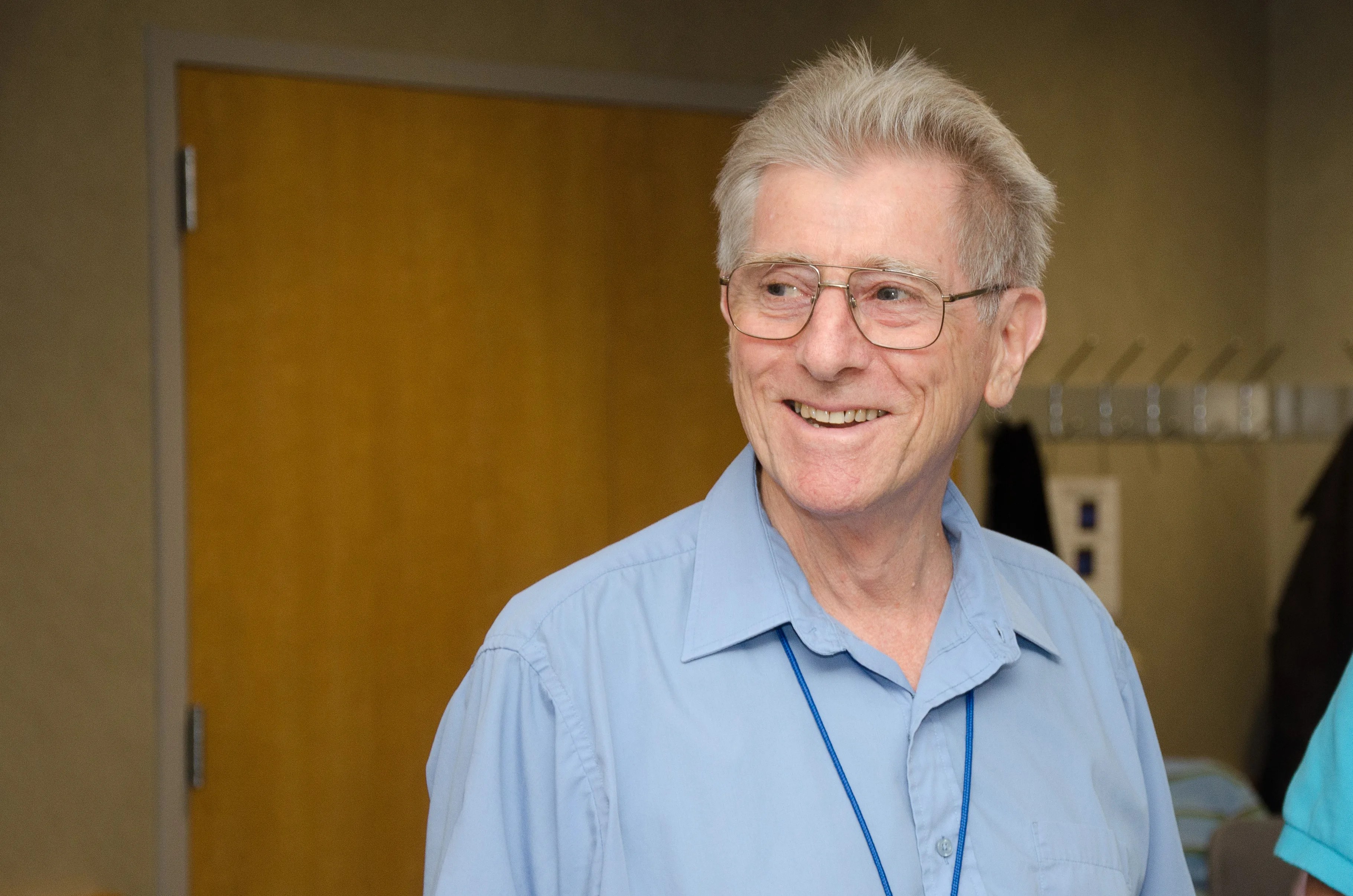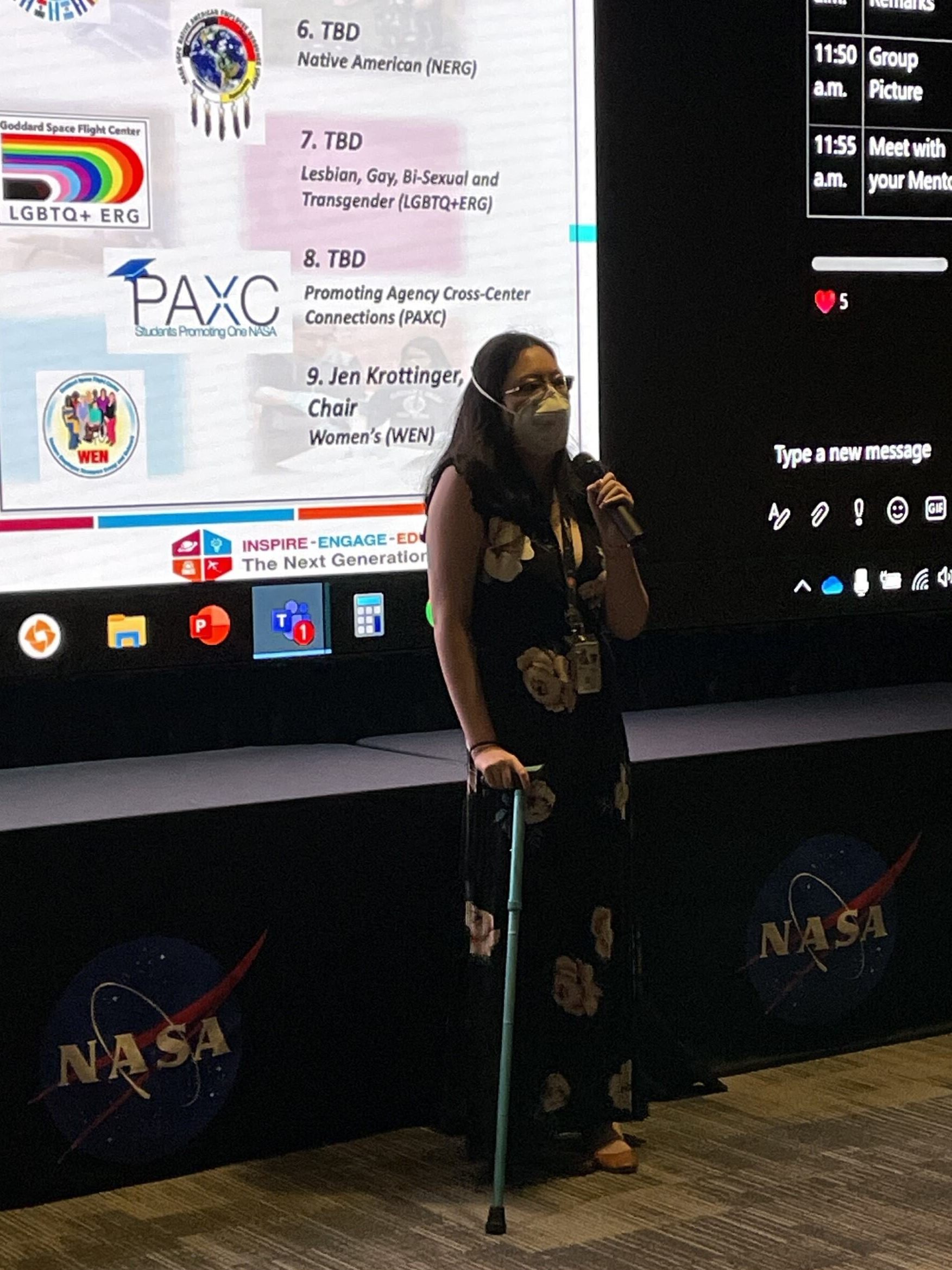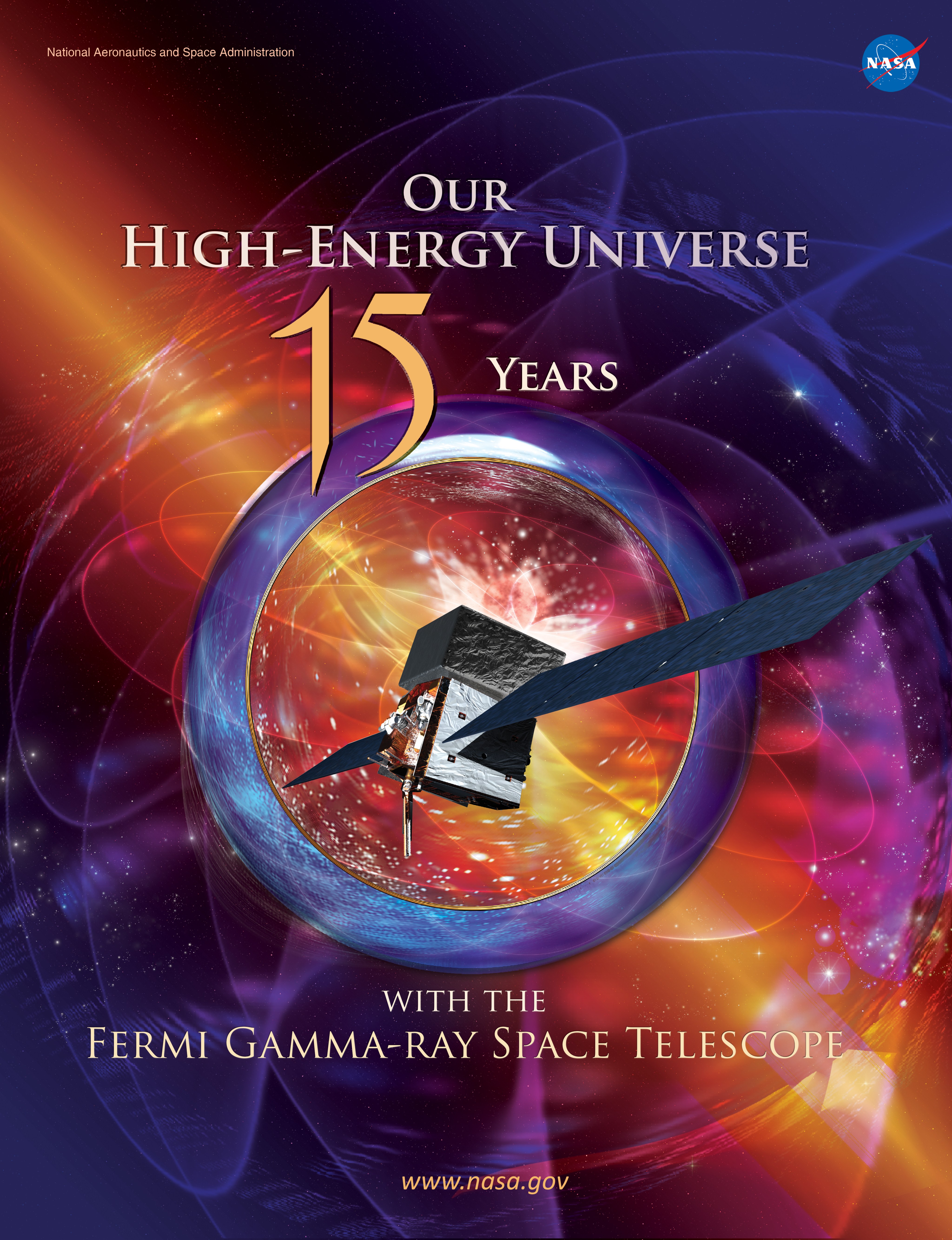3 min read

Just as NASA's Hubble Space Telescope began celebrating entering its 25th year in April, one of the people responsible for its success and a creator of many other related technologies passed away. Bruce Woodgate, an astronomer at NASA's Goddard Space Flight Center in Greenbelt, Maryland, had a career that spanned nearly 40 years.
Woodgate was the principal investigator for the Space Telescope Imaging Spectrograph (STIS) a camera that was installed on the Hubble Space Telescope in 1997, providing groundbreaking discoveries in astrophysics. After an instrument electronics failure in 2004, STIS was repaired during the final astronaut servicing mission to Hubble in 2009, and it continues to operate today.
As the principal investigator for STIS, Woodgate led the design and development of the instrument that dramatically advanced the state of the art over the previous Hubble spectrographs. STIS acts like a prism to separate light from the cosmos into its component colors. This provides a wavelength "fingerprint" of the object being observed, which tells us about its temperature, chemical composition, density and motion.
The STIS played a key role in some of Hubble's most famous discoveries, including: spatially resolved spectroscopy of the nuclei of galaxies, indicating the presence of supermassive black holes; and the first detection of the atmospheric composition of a planet around another star (HD 209458), in which sodium, carbon, oxygen and hydrogen were discovered. STIS has also enabled new discoveries concerning the nature of proto-planetary disks, supernova remnants, massive stars, and the intergalactic medium.
Woodgate had recently retired but was still working on ultraviolet detectors as an emeritus scientist at Goddard. Woodgate had very broad interests, in subjects ranging from Earth science to stellar atmospheres to exoplanets to large scale structure in the universe, and of course instrumentation of all sorts.
Woodgate also invented many other technologies. Early in his career, he developed a technique for making conically shaped mosaics of thin crystals to produce large area X-ray spectrometers. The machines he developed to create those thin crystal wafers are known worldwide. Bruce was co-inventor of the earlier of the two machines, holding a U. S. patent. More recently, he was developing a next generation photon-counting ultraviolet detector, employing advances in solid-state physics and nano-fabrication techniques.
In 1974, he served as co-principal investigator and experiment manager for the Ultraviolet Spectrometer and Polarimeter (UVSP) on the Solar Maximum Mission (SMM). In this capacity he was responsible for the design, development, testing and post-launch operation of the instrument. A number of important results were obtained with the UVSP.
Woodgate published 188 scientific and technical journal papers that have more than 5,300 citations. He mentored countless students and was beloved by his colleagues. He has received Goddard's Award of Merit and the NASA's Distinguished Service Medal.
As Hubble continues to provide amazing images and discoveries in its 25th year, there could be no better tribute to Woodgate's contributions to the famous space telescope.
Related links







